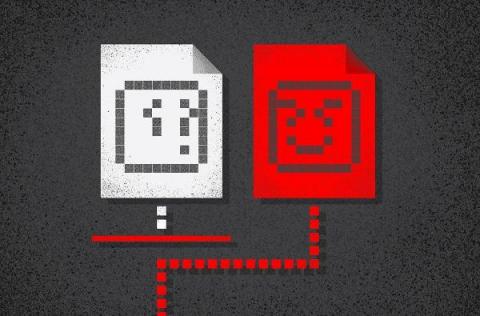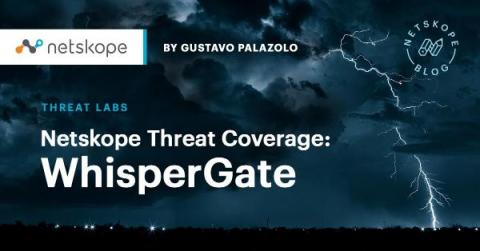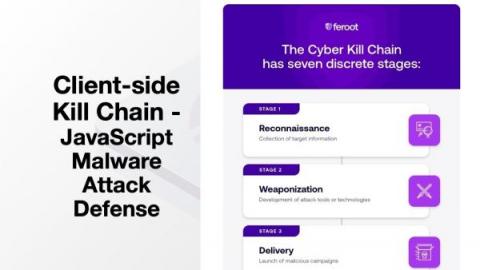Stories from the SOC - WannaCry malware
WannaCry malware was first discovered in May 2017 and a patch was released roughly two months prior to its public release. However, 230,000 computers were globally affected by WannaCry as of 3/31/2021. It is unfortunate to hear, but many companies remain vulnerable to this attack due to unpatched systems. We often see that by the time some companies update their systems, they have already experienced a breach.










